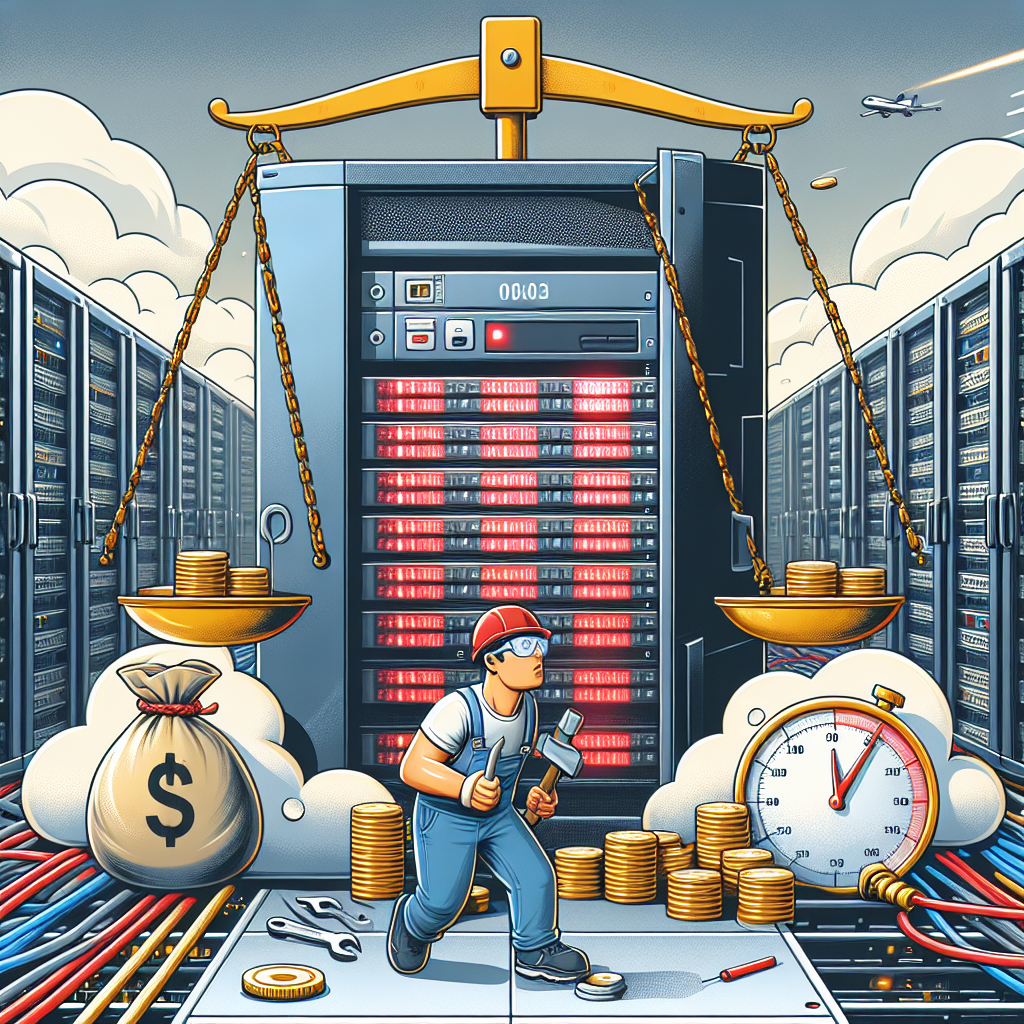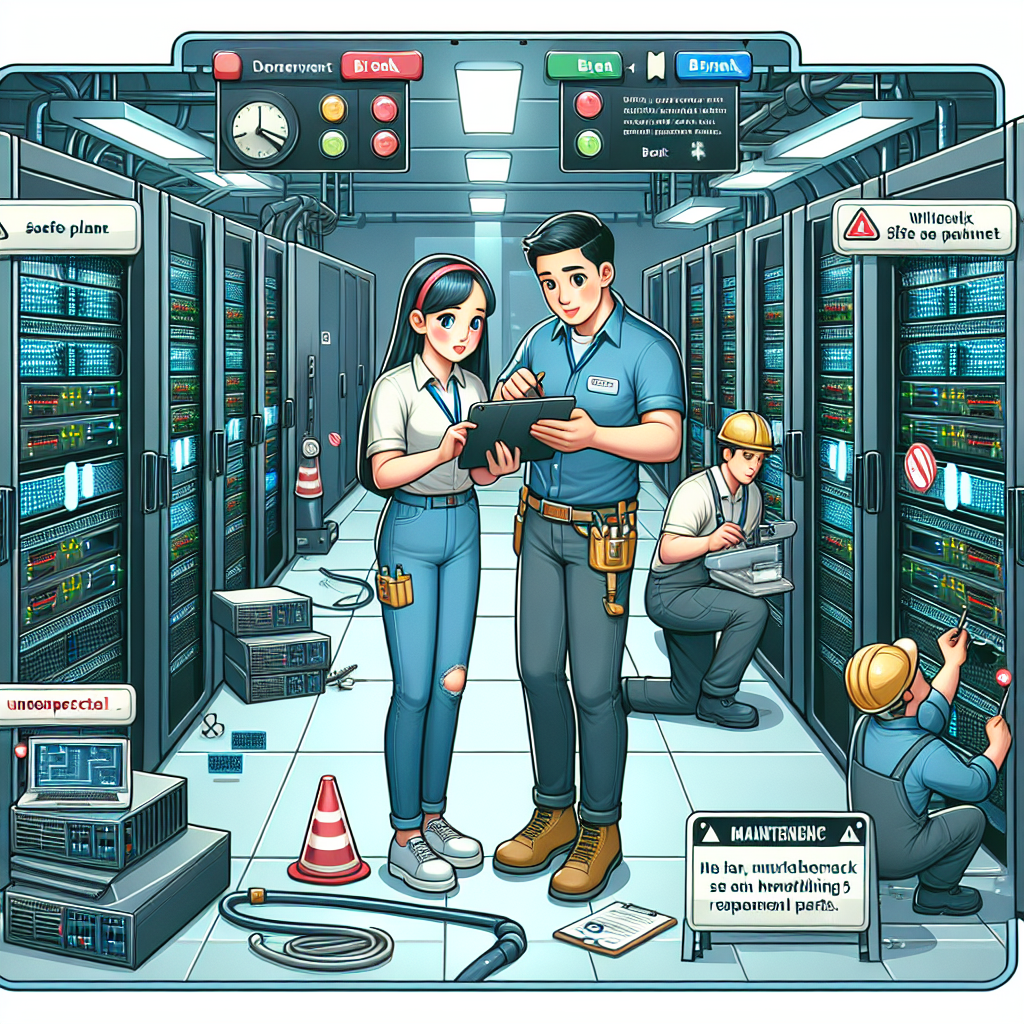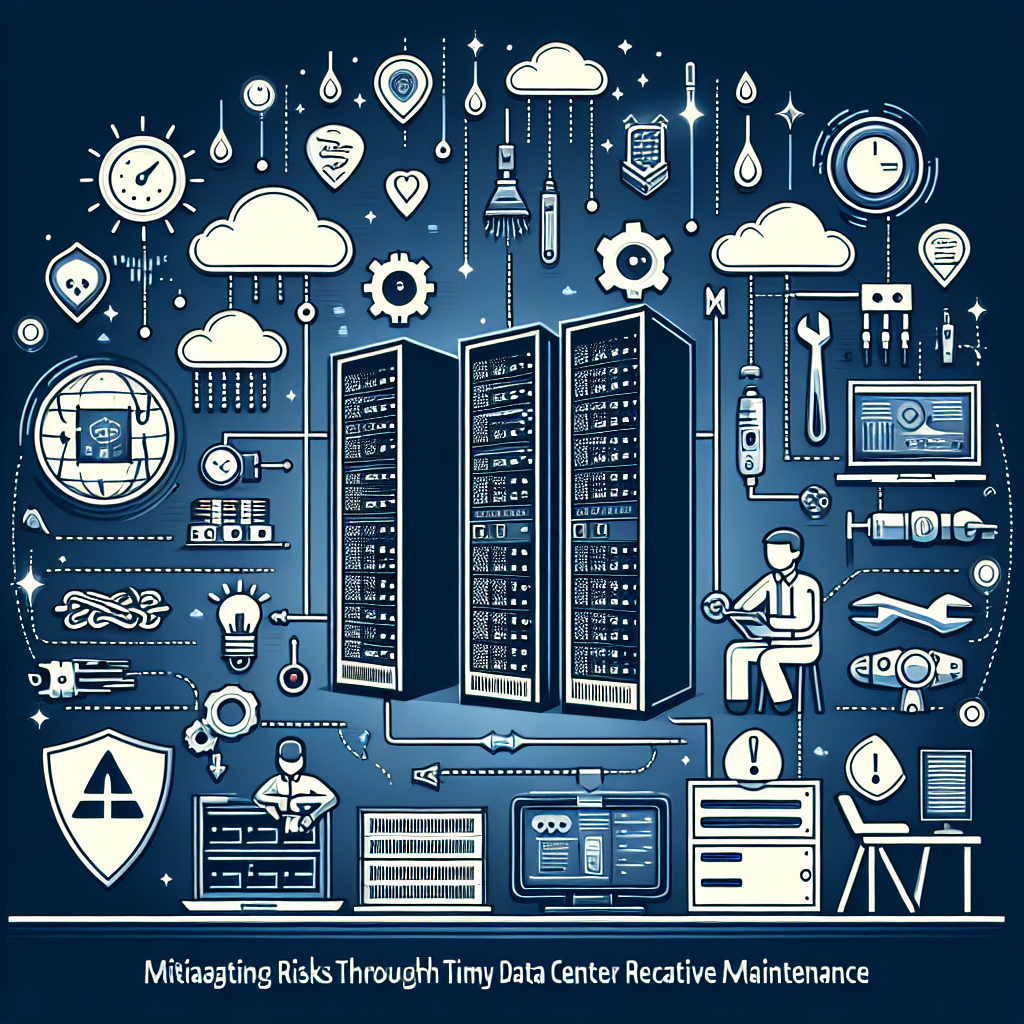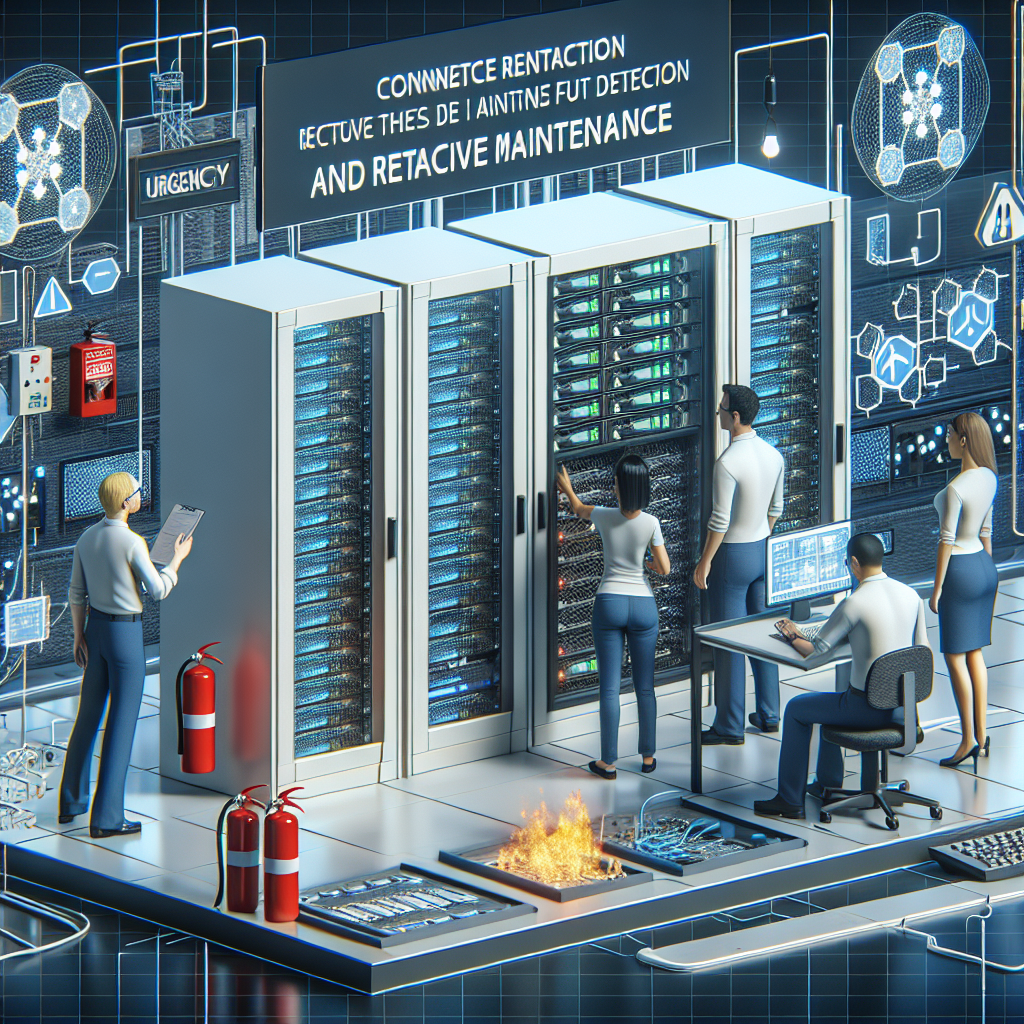In today’s fast-paced world, data centers play a crucial role in ensuring the smooth operation of businesses and organizations. These facilities house an immense amount of critical data and equipment, making their maintenance and upkeep vital to prevent downtime and ensure business continuity. Reactive maintenance refers to the practice of addressing issues as they arise, rather than proactively preventing them. While reactive maintenance can be necessary at times, it is not the most cost-effective or efficient approach. To help data center managers optimize their maintenance strategies, here are some best practices for data center reactive maintenance:
1. Implement a robust monitoring system: One of the key factors in successful reactive maintenance is early detection of issues. By implementing a comprehensive monitoring system, data center managers can quickly identify potential problems before they escalate into major issues. This can include temperature sensors, humidity monitors, power consumption meters, and more. Regularly reviewing and analyzing this data can help anticipate and address issues before they result in downtime.
2. Develop a clear escalation process: In the event of an issue, it is crucial to have a clear escalation process in place. This includes defining roles and responsibilities, establishing communication channels, and setting response times. By having a well-defined process, data center managers can ensure that issues are promptly addressed and resolved, minimizing downtime and potential damage.
3. Regularly schedule maintenance checks: While reactive maintenance focuses on addressing issues as they arise, it is still important to incorporate regular maintenance checks into the data center’s schedule. This can help identify potential issues before they become critical, reducing the likelihood of unexpected downtime. By conducting regular inspections and maintenance tasks, data center managers can proactively address issues and extend the lifespan of equipment.
4. Prioritize critical systems: Not all systems within a data center are of equal importance. It is crucial to prioritize critical systems and equipment to ensure they receive prompt attention in the event of an issue. By categorizing systems based on their importance to business operations, data center managers can allocate resources more effectively and minimize the impact of downtime on essential services.
5. Document and learn from past incidents: Lastly, it is important to document and learn from past incidents to improve future reactive maintenance efforts. By analyzing the root causes of issues and identifying patterns, data center managers can implement preventive measures to avoid similar issues in the future. This can include updating maintenance procedures, investing in new equipment, or providing additional training for staff.
In conclusion, while reactive maintenance is an essential component of data center management, it is important to implement best practices to optimize its effectiveness. By implementing a robust monitoring system, developing a clear escalation process, scheduling regular maintenance checks, prioritizing critical systems, and learning from past incidents, data center managers can minimize downtime, enhance operational efficiency, and ensure the smooth operation of their facilities.










